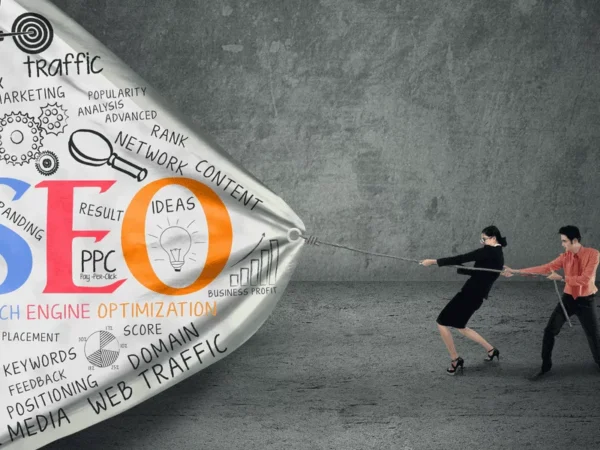Before emails reach their recipients, they go through a tough spam filter and a host of mailing service restrictions. To organize a competent mailing list and meet current mail warming requirements, you can follow expert advice, which you can read at https://reply.io/warm-up-email/.
In addition to general marketing and organizational rules, postal services comply with legal requirements that require them to respond very harshly to spam mailings. Staying under the pressure of such restrictions is not that difficult. You must follow the key rules of the CA N-SPAM law – identification of the sender’s name and address, and the relevance of the message headers and content. But there are other restrictions that not all users know about, but their non-compliance can lead to restriction and even blocking of the address.
The right to forget your address
As unfortunate as it sounds, the recipient has the right to permanently forget the address from which they are sent the newsletter they don’t like. This right to choose must be clearly stated in the message. If it is not, the letter can be considered spam and the address of the sender is to be blocked. The text of the email must contain this information:
- accurate and simple text about what you need to do to opt out of receiving emails;
- the text of the message must be visible and located in the letter so that it can be read without additional actions and efforts on the part of the recipient;
- the letter should include a mailing address or other simple way to communicate the opt-out.
This opt-out can be in the form of a menu that allows you to unsubscribe in a few clicks.
Maximum response time to unsubscribe
30 days to respond – this is the time limit for the sender to respond to the recipient’s request to stop sending mails. Another 10 days may be given to resolve technical issues on stopping the mailing.
Important note: It is strictly forbidden to charge a fee, demand personal information or make any other demands to the person who decided to unsubscribe.
By the way, it is also forbidden to share the list of unsubscribes with anyone. This data is protected by law against dissemination. The CAN-SPAM law does not restrict only the transfer of data to those who maintain the electronic resources of a company or private business to fulfill the requirement to unsubscribe.
The user will also have to be excluded from all messages. Unless the sender has each line of business a separate mailing. Then the sender must specify that he does not need all or separate types of mailings received by subject matter.




